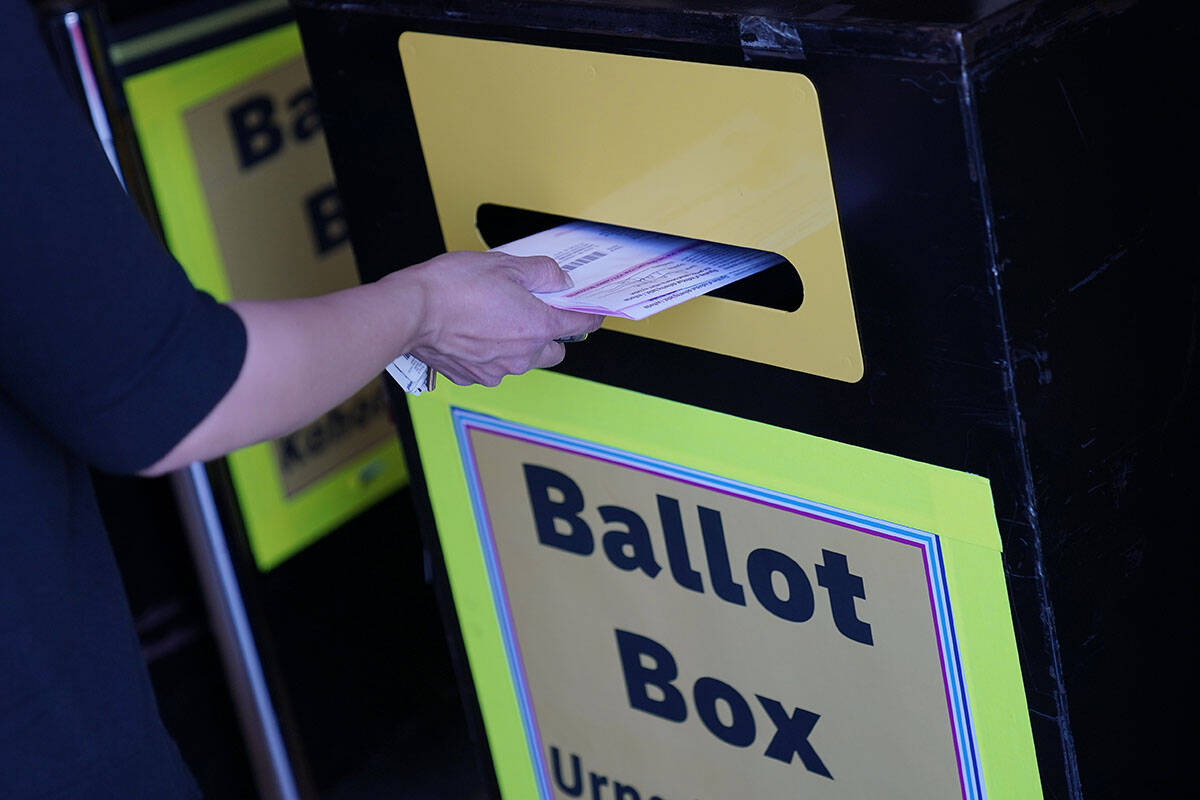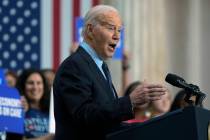COMMENTARY: Republicans and Democrats ignore the growing Latino vote
According to experts, this year’s presidential and congressional elections will come down to a small group of voters in a handful of states, including Nevada.
And in an election of inches, both political parties will need to win over the support of the youngest and one of the fastest-growing demographics: Latinos.
The big question is, how?
Recently, The LIBRE Initiative compiled a seven-page memo digging into this question, providing both parties with a warning and blueprint for engaging and communicating effectively with Latino voters.
First, it helps to understand Hispanic voters’ demographic and political landscape.
By now, most people know that Latinos make up a large part of the California, Florida and Texas electorate. Less discussed is how Hispanics constitute a growing share of the population in Pennsylvania, Michigan and Wisconsin swing states.
Consider Pennsylvania, which narrowly went for President Joe Biden in 2020. According to voter data compiled by Televisa/Univision, close to 200,000 Latinos voted in the 2020 presidential election. Biden won the Keystone State by 80,555 votes.
Another critical state is Wisconsin, where, according to a recent census survey, nearly 447,000 Latinos live — 180,000 of them eligible to vote. Like in Pennsylvania, Biden narrowly won Wisconsin by almost 20,000 votes.
Finally, there is Michigan, where polling shows a tight race and Latinos constituting a small but growing part of the electorate.
If Republicans want to win, or at least come close to winning the Latino vote, polls show it means zeroing in on jobs and the economy. Despite positive recent economic numbers, many Latinos feel squeezed by inflation, made worse by Latinos not saving enough for retirement and not accessing financial tools that could help them weather unexpected economic storms.
Republicans would do well to remind Latinos that a few years ago, a Republican White House and Republican House of Representatives enacted several pro-growth economic policies that contributed to a historically low Latino unemployment rate punctuated by rising Latino entrepreneurship and homeownership rates.
For Democrats, it means convincing enough Latino voters why they deserve to remain in control of the White House and the Senate. Predicating your re-election strategy by pointing out how terrible the other party’s ideas are is a mighty big gamble with so much on the line.
Instead of spending the bulk of their time criticizing the other side, both political parties should cast a vision for how their policies will genuinely improve the lives of all Americans — including the Latino community.
The Latino electorate, in turn, should demand politicians running for office show how they plan to accomplish anything in a divided government. In other words, are there proposals that could receive bipartisan support?
Latinos are tired of excuses from the political class. We’re exercising our political clout and determined to make our voices heard. Like most Americans, we want to provide for our families, save for a rainy day and invest in the future.
Which party does a better job of casting an aspirational vision where freedom and opportunity flourish may have a receptive audience with the growing Latino electorate — and may have them to thank for their electoral success come November.
Israel Ortega is the deputy communications director of The LIBRE Initiative. He wrote this for InsideSources.com.




























